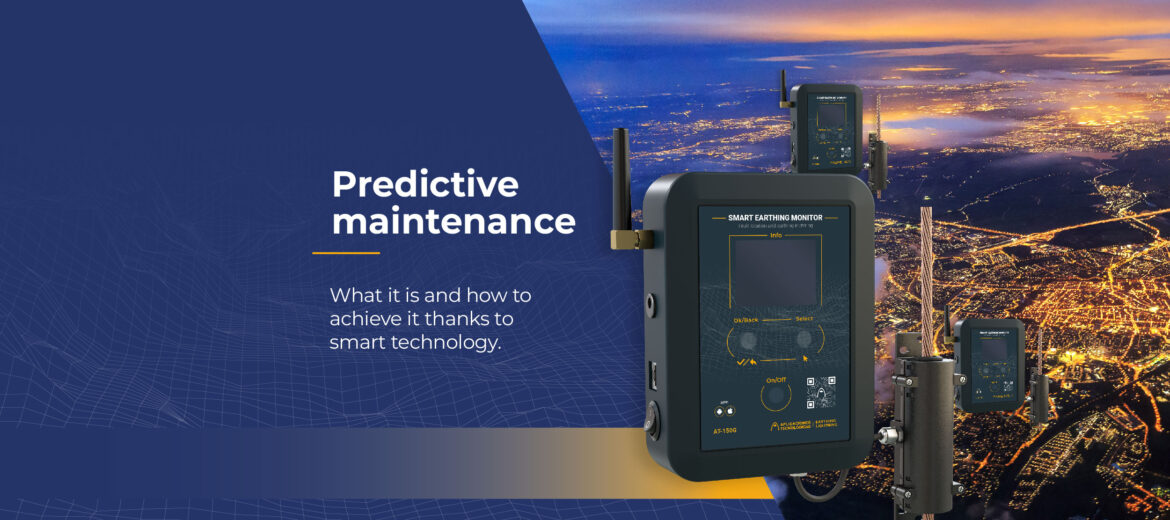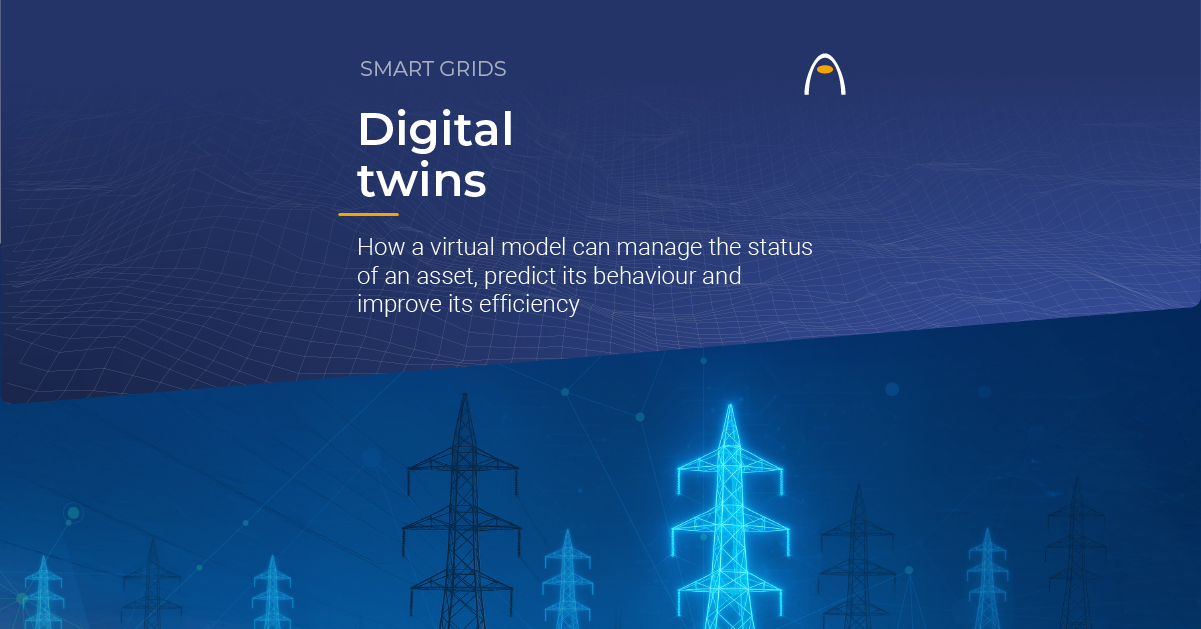Predictive maintenance is a technique that uses data analysis to detect anomalies in the operation of equipment and processes. The maintenance of any installation is vital for its proper functioning and, consequently, to achieve the operational and financial efficiency of a company, as well as to ensure occupational safety. The monitoring of the grounding system with smart technology carried out by Aplicaciones Tecnológicas is based on sensors that collect data and send it via IoT technology so that trained AI algorithms can detect faults before they occur, thus saving costs and minimising risks.
All the different types of maintenance, from preventive to corrective, are carried out to achieve proper operation and to achieve operational and economic efficiency in any productive sector.
Investment in maintenance avoids repair costs that also lead to production downtime. Having an intelligent solution to determine the precise moment for each technical maintenance intervention on industrial assets establishes a key competitive advantage by significantly reducing the cost of critical and urgent repair and avoiding downtime.
The consequences of poor maintenance practices or inadequate investment in the maintenance function are as follows
- Reduced production capacity. Not only will downtime increase, but more importantly, assets will underperform during uptime.
- Increased production costs. When assets do not perform at optimal levels, real and opportunity costs are incurred.
- Lower quality products and services. The final consequence will be customer dissatisfaction and, probably, lost sales.
- Safety hazards. Failures can lead to death, injury and large economic losses.
What is predictive maintenance?
Predictive maintenance is a technique that uses data analysis to detect anomalies in the operation of equipment and processes. These anomalies are capable of indicating potential defects that, if left uncorrected, may lead to failure. Predictive maintenance is similar to predictive analytics, which is used to anticipate future events. In the case of predictive maintenance, the objective is to anticipate equipment or process failure before it occurs.
The Internet of Things (IoT) and Artificial Intelligence (AI) models are key in predictive maintenance. IoT makes it possible to collect data from equipment and processes in real-time and remotely. This data is used to perform predictive analytics and thus to implement predictive maintenance.
Predictive maintenance in the grounding system: IoT and AI to anticipate repairs
The earthing system is an essential part of electrical and industrial installations. Firstly, it ensures the protection of people and equipment from electrical disturbances, electromagnetic interference (EMC), electrostatic discharge (ESD) and malfunctions. In addition, it facilitates the proper performance of suppression devices and protective measures, such as mains filters, surge protectors (DPS), shielding and lightning arresters. This reduces the risk of failures and provides safety in unforeseen situations.
Proper design and implementation of the earthing system are crucial to prevent negative consequences, such as damage to computer servers and data processing centres (DPCs), failure of electrical devices and machinery, problems in power and telecommunication systems, risks associated with hazardous touch and step voltages, occupational accidents, as well as additional costs for retrofitting.
IoT: communication between devices to collect data
The term “Internet of Things” (IoT) refers to the connection and grouping of devices and objects through a network, whether private or public, such as the Internet, allowing all these elements to be visible and interact with each other.
The IoT has enabled the development of new applications and services, such as home and factory automation, vehicle tracking and real-time patient monitoring, among other uses. It has also led to new business opportunities and increased efficiency in various sectors, including industry.
AI: models trained to anticipate repairs
The operation of Artificial Intelligence (AI) models is based on the interpretation of large amounts of data. However, these units of information, by themselves, are of no use if they are not processed. The model has to be trained to learn to recognise patterns and relationships in the information it receives; it needs to be provided with a labelled dataset that allows it to understand the desired output. This means that it needs to know what the correct answer is for each input, to adjust its parameters, improve its accuracy over time, and interpret that data in a way that provides useful information.
The application of Artificial Intelligence (AI) models to the monitoring of the earth electrode allows not only control the state of the earth electrode but also of all the elements connected to it. This allows, for example, unattended monitoring of the behaviour of these elements to detect anomalies in their consumption that may be indicative of incorrect operation. In this way, it is possible to tackle the problem, prevent a possible breakdown and, consequently, make considerable savings in costs that would derive a posteriori from such a breakdown; in addition to not interrupting the operation of any of these elements.
Predictive maintenance through monitoring of grounding systems
The 4.0 approach in the execution and maintenance of Aplicaciones Tecnológicas S.A. earthing systems uses intelligent technology to achieve efficiency in such a delicate element for any electrical installation.
SMART EARTHING MONITORING SYSTEM performs centralised monitoring of earthing systems employing intelligent sensors distributed at selected control points, evaluating the status of the installation at regular and programmable intervals, guaranteeing safety and continuity of service.
In this way, risks can be minimised, preventing critical situations such as those that can be generated by step and contact voltages in installations that are not continuously monitored or properly maintained.
Data-driven predictive maintenance optimises the lifetime of assets. In addition, it issues real-time alerts via IoT for corrective maintenance and can detect theft and vandalism. Finally, this results in cost savings by simplifying the logistics of verification processes and early detection of asset failure situations.
If you would like to know more about how Aplicaciones Tecnológicas S.A.’s intelligent solutions can contribute to improving maintenance, you can contact us through the following link.
You can also attend any of our free trainings on smart solutions via our webinars page.



